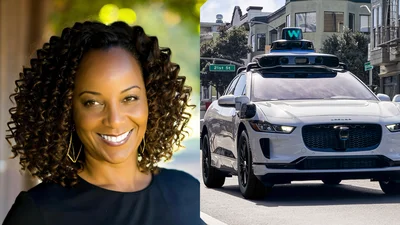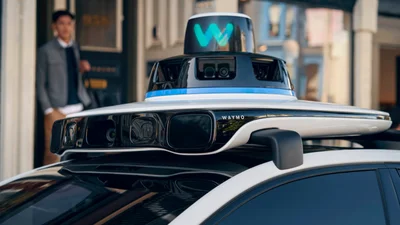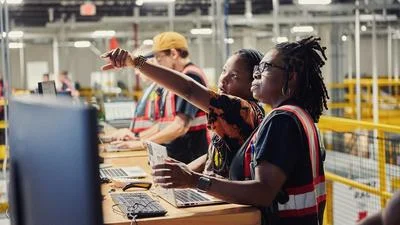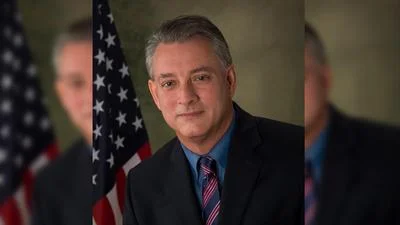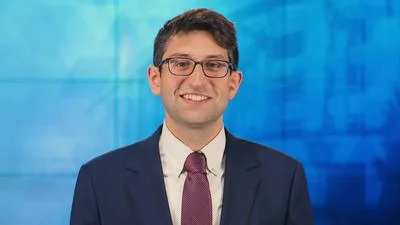The Congressional Record is a unique source of public documentation. It started in 1873, documenting nearly all the major and minor policies being discussed and debated.
“OVER-THE-ROAD BUS SECURITY AND SAFETY ACT OF 2001” mentioning the U.S. Dept. of Transportation was published in the Extensions of Remarks section on pages E2238-E2239 on Dec. 7, 2001.
The publication is reproduced in full below:
OVER-THE-ROAD BUS SECURITY AND SAFETY ACT OF 2001
______
HON. JAMES L. OBERSTAR
of minnesota
in the house of representatives
Thursday, December 6, 2001
Mr. OBERSTAR. Mr. Speaker, I join my Transportation and Infrastructure Committee colleagues in introducing the Over-the-Road Bus Security and Safety Act of 2001. Since the September 11, 2001 terrorist attacks, over-the-road bus drivers and passengers in the United States have been the targets of many serious assaults, including one assault killing seven passengers and another assault injuring 33 passengers. In addition, there have been at least three other serious over-the-road bus security breaches. Recent terrorist acts on Israeli buses and in bus stations further heighten the need for stronger bus security measures in the United States.
The intercity bus industry serves more than 4,000 destinations in the United States, and making intercity bus facilities secure is indeed a formidable task. Federal financial support is needed for passenger and baggage screening in terminals; implementation of a ticket identification system; emergency communications systems linked to police and emergency personnel; enhanced driver compartment security; increased security training; development and maintenance of information and communications systems with law enforcement; installing cameras and video surveillance equipment; and other measures to make buses, terminals, and garages more secure. The Over-the-Road Bus Security and Safety Act of 2001 authorizes the funding and requires the planning necessary to make these critical bus security improvements.
The legislation authorizes $200 million in fiscal year 2002 to allow the Secretary of Transportation to make grants to private bus operators for system-wide security improvements to their operations. The bill imposes a 25-cent passenger surcharge in fiscal years 2002, 2003, and 2004 on tickets over $5. The proceeds of the fee will be used by the Secretary for security grants in 2003 and future years.
Over-the-road buses, which transport approximately 774 million passengers annually, are the only viable means of transportation for many people throughout the country. They serve thousands of communities that have no other form of intercity public transportation and provide the only affordable means of transportation for millions in urban areas. Just as passage of aviation security legislation is vital to encouraging passengers to fly, again, intercity bus security legislation is needed to restore confidence in our intercity bus system.
The bill is not a handout. Since September 11, the intercity bus industry has spent millions on enhanced security measures. The funds provided by the bill will supplement measures already undertaken by the industry to increase the security of the bus system and restore the public's confidence in traveling by bus. I urge my colleagues, all of whom have communities in their districts served by intercity buses, to support this legislation.
Although I am proud to be an original cosponsor of this bill, I strongly encourage the Committee on Transportation and Infrastructure to take the next step and develop a comprehensive infrastructure security package. Recently, Congress enacted the Aviation and Transportation Security Act, the most important aviation security legislation of the last three decades. Although the Act creates a Transportation Security Administration (TSA) for all transportation security functions, we have much work left to do. We have enormous security needs among all of our modes of transportation--from passenger and freight railroads, transit systems, and pipelines, to bridges, ports, and tunnels--and other infrastructure facilities, including public buildings, locks and dams, and wastewater and drinking water facilities.
For instance, I am very concerned about securing the railways that carry more than 40 percent of the nation's freight traffic and millions of passengers--both commuters and intercity travelers. Amtrak continues to play a vital role in the nation's transportation network. For example, even before the terrorist attacks, Amtrak carried more passengers between New York City and Washington, D.C. than either of the air shuttles. In cities and their surrounding areas throughout the nation, millions rely on commuter trains to get to work each day. New York's Penn Station handles nearly 400,000 Amtrak, rail commuter, and rail transit passengers every day. Yet the infrastructure--the bridges, tunnels, track, stations, yards, and other facilities--that supports all of these movements is not secure from sabotage or other terrorist acts.
At the same time, the Nation's freight railroads carry tremendous volumes of hazardous materials--more than one million tons daily of hazardous chemicals, 15 percent of the nation's total. In addition, the railroads are major transporters of coal, agricultural commodities, the products of mines and quarries, and manufactured goods, especially automobiles. If the railroads were shut down due to a terrorist action, the national economy would quickly grind to a halt.
A relatively small number of key bridges and rail transportation nodes are vital to the smooth and continuous flow of traffic. Likewise, a number of major tunnels handle significant volumes of freight and passenger traffic. A terrorist attack on any one of these facilities could have devastating consequences in terms of lives lost or economic disruption. However, one of the outgrowths of the September 11 tragedies has been a thorough and ongoing assessment of our transportation infrastructure vulnerabilities. We have begun to determine what will be needed to ensure the safety and security of those who ride the nation's railroads and what must be done to ensure the uninterrupted flow of rail freight traffic. Some of these estimates are preliminary, but they do provide a good initial reading of the needs.
On the passenger side, Amtrak estimates that infrastructure protection will require $417.1 million, ensuring equipment security will cost $37.4 million, and providing the necessary manpower will cost
$60.6 million. Amtrak will nearly double the number of track inspectors so that they can pay closer attention to ensuring the security of the rights-of-way. In addition, Amtrak requires $1 billion to make necessary life safety improvements in the tunnels feeding New York's Penn station and to rehabilitate tunnels in Washington, D.C. and Baltimore. An additional $254 million is needed to increase the accessibility of Penn Station for safety and emergency responders, to renovate critical bridges in Connecticut, and provide for enhanced radio communications in high-speed territory.
On the freight side, the costs of rerouting, increased switching, and express movement of hazardous materials along with increased manpower costs guarding and securing critical nodes, increasing car inspections, and providing employee awareness training has been estimated to be about $100 million annually. Developing a new railroad operations center to provide continuous links to Federal intelligence agencies and upgrading the security at nearly 100 data and computer centers will require $200 million in capital costs. Hardening the bridges, tunnels, fuel facilities, hump yards, and other infrastructure assets that have been identified as being critical to the national defense will require
$750 million in up front capital costs.
In addition, we face enormous port security needs. Earlier today, the Subcommittee on Coast Guard and Maritime Transportation had a hearing on port security at which Department of Transportation Secretary Norm Mineta and U.S. Coast Guard Commandant Jim Loy testified that approximately 95 percent of the tonnage of our Nation's international trade moves by water. Six million loaded containers, 156 million tons of hazardous materials, and nearly one billion tons of petroleum products enter our ports each year. During a major military deployment, 90 percent of our military materials move through our Nation's seaports. We need to better protect port facilities and critical bridges by developing a comprehensive security plan, improving security coordination and planning, deploying sea marshals, and establishing new penalties for criminal acts against vessels and maritime facilities.
I am hopeful that we can work together, on a bipartisan basis, to develop a comprehensive infrastructure security bill that includes this over-the-road bus bill and security for all of our critical infrastructure.
____________________
